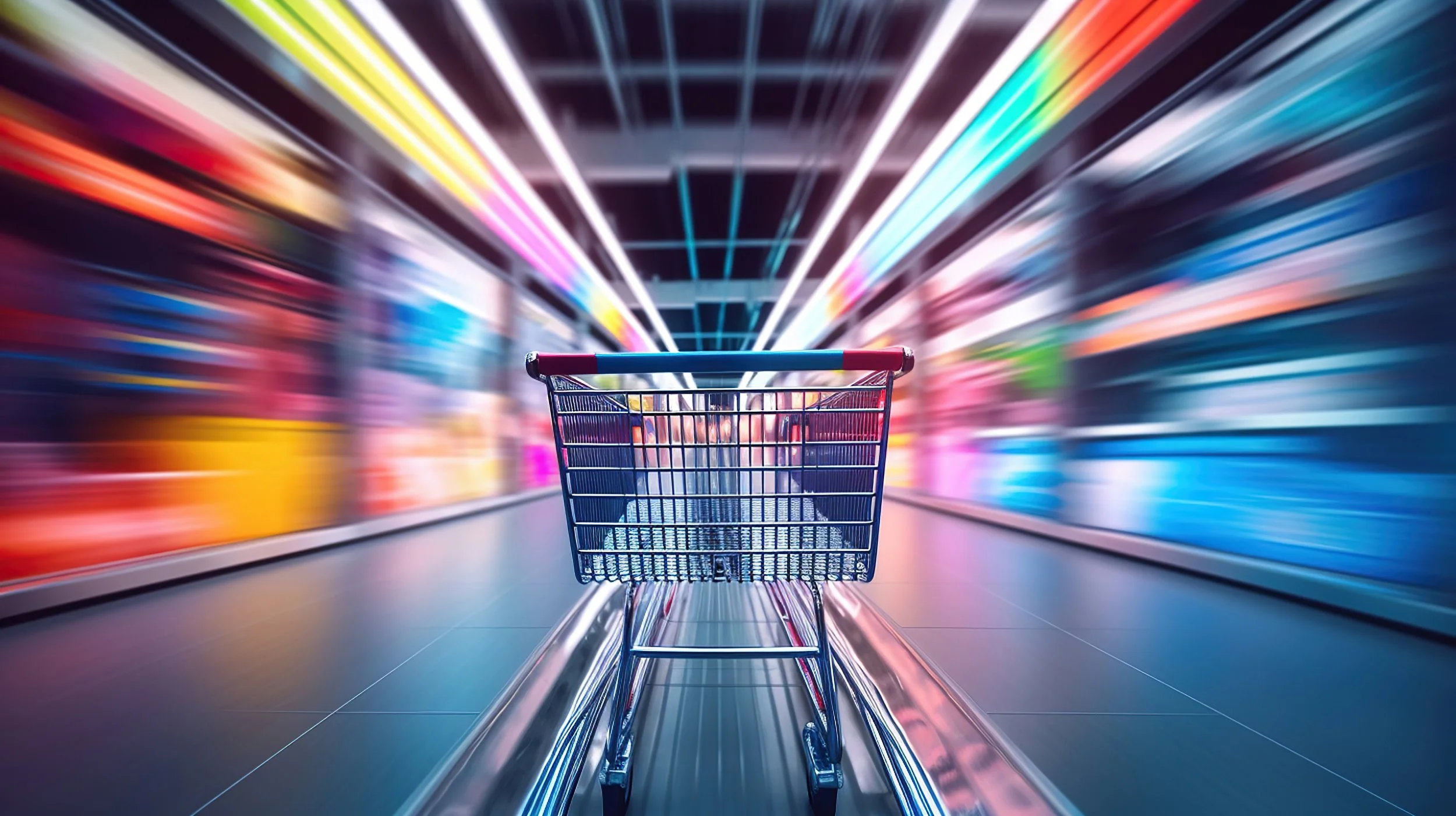How do you keep up with customer expectations when consumer demands are rising – and often shifting?
As inflation and cost-of-living increases put pressure on consumer spending, shoppers are becoming more discerning and deliberate, rapidly switching between brands in the search for what they want.
That’s why customer retention has become an important strategy for retailers wanting to capture market share and maximise profits. Retaining customers costs less than acquiring new ones, and returning customers are more likely to spend than new customers.
By taking the time to develop relationships with customers, provide excellent service, reward loyalty and stay connected, businesses can retain customers and drive sustainable growth.
But at a time when only 25% of retailers can connect their online and in-store transaction data, many retailers struggle to deliver the unified experiences they need to meet customers where they are now.
Unified commerce solves this by unifying online and store experiences with back-end systems so you can attract, scale and earn the most from loyal customers. It’s now retail’s top priority, with 88% of retailers investing in unified commerce or considering doing so to make their businesses stronger, smarter and ready for the future.
So how does a single source of truth translate to better customer satisfaction and retention?
If your retail management system has been built up organically and relies on complex dependencies, you’ll know how difficult, slow and expensive it can be to integrate with modern technologies and create new customer experiences.
A unified commerce platform can take that pain away. It bypasses the limitations of legacy and omnichannel systems by breaking down the walls between internal channel silos, using a centralised commerce platform that combines point of sale, inventory, ordering and fulfilment, loyalty, pricing and business intelligence.
With one platform, you gain the single source of truth that gives you real-time visibility of your customer, inventory and fulfilment data across all your stores and channels.
You can offer customers the easy purchase, convenient delivery and stress-free return options they want, while recognising and rewarding the shopping they do with you.
Here’s how:
Optimise inventory and availability
Infinity lets you consolidate your inventory from all locations – warehouses, call centres and physical, mobile and online stores – and make it available for customers to buy anywhere, at any time. You can extend your range across more channels - marketplaces, in-store kiosks, shoppable screens, pop-up stores, concessions and mobile devices. And you’ll reduce costs, cut stock requirements and increase margins.
Fulfil orders the way customers want
When your data is unified, you can offer a range of fulfilment options no matter what channel an order comes in from. Click-and-collect, store-to-door delivery, drop shipping, returns anywhere and ‘endless aisle’ fulfilment are all possible. You get to choose what’s best for customers and most profitable for you.
Reward customer loyalty
It’s getting harder and more expensive to get a clear picture of customer activity and behaviours as more customers opt out of being tracked. However, loyalty programs offer a compelling reason for consumers to identify themselves in-store and online. With customer details captured and stored in single unified commerce hub, you can recognise customers consistently, wherever they shop with you. Using that data and Infinity’s loyalty capabilities, you’ll know which customers are most profitable and what their preferences are. Your store teams can view this information to offer personalised service and encourage conversion at point of sale.
Localise pricing and promotions
Pricing is shared across channels so customers can trust that they’ll see the same price whether they shop with you in-store or online. You can make better decisions about store product assortments, by matching breadth and depth to demand, trends and local demographics. And by customising products, prices and promotions nationally, regionally and even by individual sites, you’ll increase conversions and maximise profits.
React smarter and faster to demand changes
Using APIs on an open platform, you can expose data in real time, rather than replicate or move it. That lets you add specialised functionality across various systems and provides a fast and easy way to plug in and deploy new services, channels and devices. You’ll innovate quicker, keep up with customer demands and build your competitive advantage.
This blog was originally published on 17 March 2020 and updated 28 February 2024
See what a single source of truth can do for your customer retention!
If you want to unify your data to offer a seamless blend of physical and digital customer experiences, contact us to get started.


































